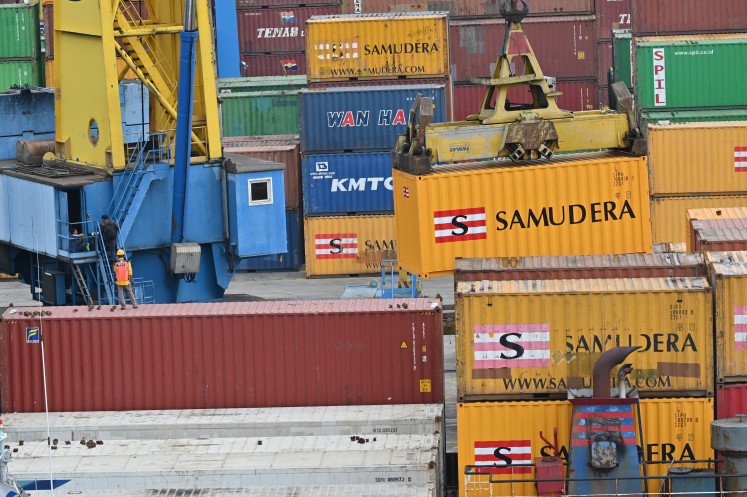Myanmar is now world's largest source of opium
The 95 percent decline in opium cultivation in Afghanistan after a drug ban by the Taliban in 2022 has seen global supply shifted to Myanmar, where political, social and economic instability brought about by a 2021 coup drove many to poppy farming, the UN Office on Drugs and Crime (UNODC) report said.
Change text size
Gift Premium Articles
to Anyone
 A farmer works at an illegal poppy field in Hopong, Myanmar Shan State, in this photo taken on February 3, 2019. Fields of purple opium poppy stretch across the pastures and peaks of mountainous eastern Myanmar, with many farmers reluctant to give up the profitable cash crop in spite of incentives offered. Myanmar is the second biggest source of opium in the world after Afghanistan, with Shan state its main production hub. (AFP/Ye Aung Thu)
A farmer works at an illegal poppy field in Hopong, Myanmar Shan State, in this photo taken on February 3, 2019. Fields of purple opium poppy stretch across the pastures and peaks of mountainous eastern Myanmar, with many farmers reluctant to give up the profitable cash crop in spite of incentives offered. Myanmar is the second biggest source of opium in the world after Afghanistan, with Shan state its main production hub. (AFP/Ye Aung Thu)
M
yanmar has become the world's largest source of opium, thanks to domestic instability and a decline in cultivation in Afghanistan, the United Nations said in a report on Tuesday.
The 95 percent decline in opium cultivation in Afghanistan after a drug ban by the Taliban in 2022 has seen global supply shifted to Myanmar, where political, social and economic instability brought about by a 2021 coup drove many to poppy farming, the UN Office on Drugs and Crime (UNODC) report said.
Myanmar farmers now earn about 75 percent more from opium poppy farming, as average prices of the flower have reached about $355 per kilogram and the cultivation area has increased by 18 percent year on year, from 40,100 to 47,000 hectares, boosting the potential yield to its highest level since 2001, the UNODC said.
"The economic, security and governance disruption that followed the military takeover of February 2021 continue to drive farmers in remote areas towards opium to make a living," UNODC Regional Representative Jeremy Douglas said.
Opium cultivation areas expanded most in Myanmar's border regions in northern Shan State, followed by Chin and Kachin states, as yield expanded by 16 percent to 22.9 kilogrammes per hectare because of more sophisticated farming practices, UNODC report said.
The surge in fighting between the Myanmar military and armed ethnic-minority groups will most likely accelerate the expansion of opium cultivation, Douglas said.
The Myanmar junta did not respond to a Reuters request for comment.
The expansion of opium cultivation feeds into a growing illicit economy in Myanmar that include high levels of synthetic drug production and trafficking as well as other criminal enterprises from money laundering to online scam centres run by organised crime.









